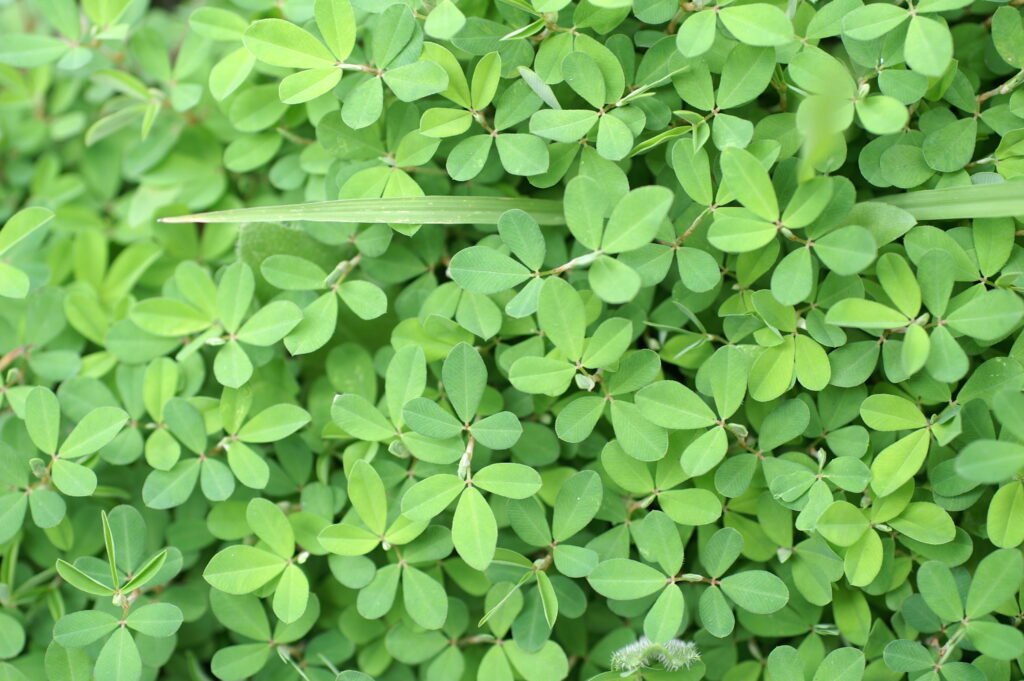Plants are often perceived as passive components of nature, providing shade, food, and oxygen without actively interacting with their environment. However, recent research has unveiled a complex world of plant intelligence, where these seemingly simple organisms exhibit an impressive array of abilities to sense, learn, and adapt to their surroundings. Far from being mere backdrops to our ecosystems, plants are dynamic participants in the intricate web of life. This article delves into the fascinating realm of plant intelligence, offering insights into their remarkable capabilities.
Sensing the Environment

Plants are equipped with sophisticated sensory systems that allow them to detect and respond to various environmental cues. Through photoreceptors, plants perceive light, which is crucial for their growth and development. These specialized cells aid in determining the plant’s orientation, the time of day, and even seasonal changes. Furthermore, plants have mechanoreceptors that enable them to sense touch, allowing them to respond to physical stimuli such as wind or contact with other objects.
Communicating with Chemicals
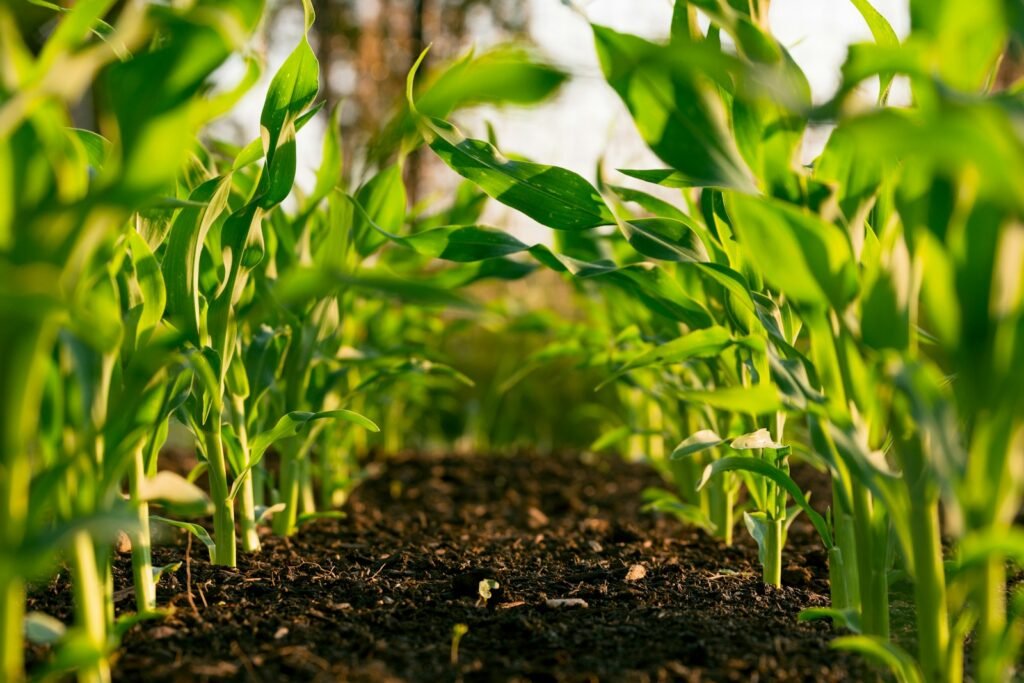
Plants employ a sophisticated chemical language to communicate with each other and other organisms. Through the release of volatile organic compounds (VOCs), plants can warn their neighbors of potential threats such as herbivores or pathogens. This chemical signaling can also serve to attract beneficial insects like pollinators or predators of plant-eating pests. Such interactions highlight the intricate network of communication that plants maintain with their surroundings.
Adapting Through Learning

Though they lack a nervous system, plants possess an ability reminiscent of learning. They can adapt to changing environments by modifying their growth patterns and behaviors. For instance, plants exposed to repetitive mechanical stimulation, such as wind, can strengthen their stems and roots, enhancing their resilience. This ability to acclimate based on prior experiences displays a rudimentary form of memory and learning crucial for survival.
Root Intelligence

The roots of plants are not only vital for nutrient and water absorption but also serve as a center of “intelligence.” Roots can sense the presence of nutrients, toxins, and obstacles in the soil, guiding the plant’s growth accordingly. This sensory capability is essential for resource optimization and navigating their below-ground environment effectively.
Responding to Sound
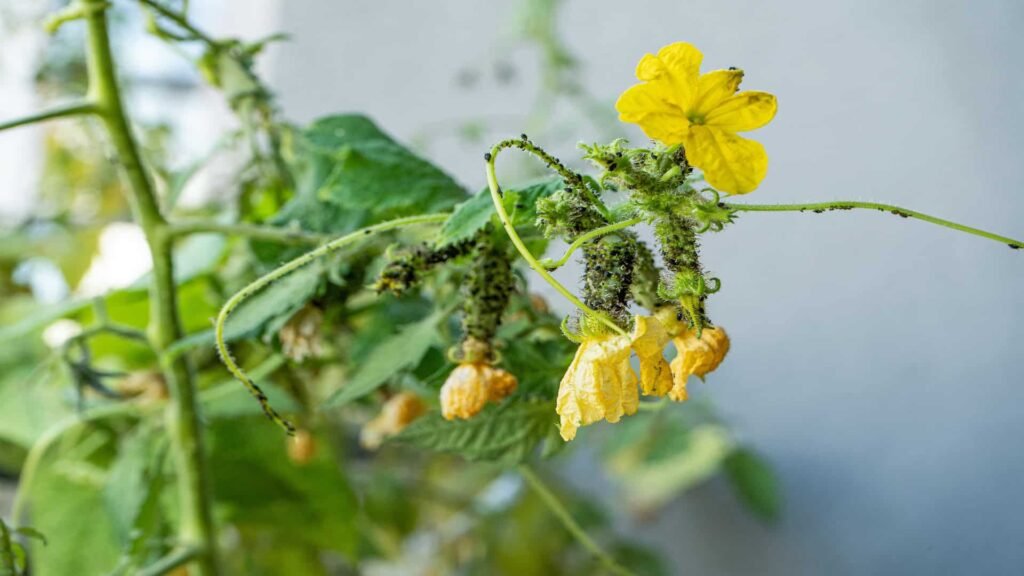
It may come as a surprise, but research has shown that plants can respond to sound. Experiments with various sound frequencies have demonstrated that plants can alter their growth direction or even increase nutrient uptake in response to specific auditory stimuli. This ability suggests that acoustic signals might play a role in plant ecology.
Memory and Decision Making

Plants display a memory-like capacity that informs their decision-making processes. For example, the Venus flytrap exemplifies this aspect of plant intelligence. It requires multiple touches within a short period before it snaps shut, preventing unnecessary energy expenditure. This mechanism points to the plant’s ability to “remember” and “decide” based on environmental input.
Adapting to Climate Change

As climate change alters ecosystems globally, plants are demonstrating their adaptability. Some species are adjusting their flowering times, growing ranges, and physiological processes to cope with new environmental conditions. This adaptability is crucial for maintaining ecosystems and biodiversity amidst rapid environmental changes.
Epigenetic Changes

Plants can undergo epigenetic changes that allow them to adapt without altering their genetic code. These changes can be passed on to subsequent generations, enabling plants to quickly respond to environmental stressors. Such adaptability underscores the dynamic nature of plant responses to their environment.
Complex Root Networks
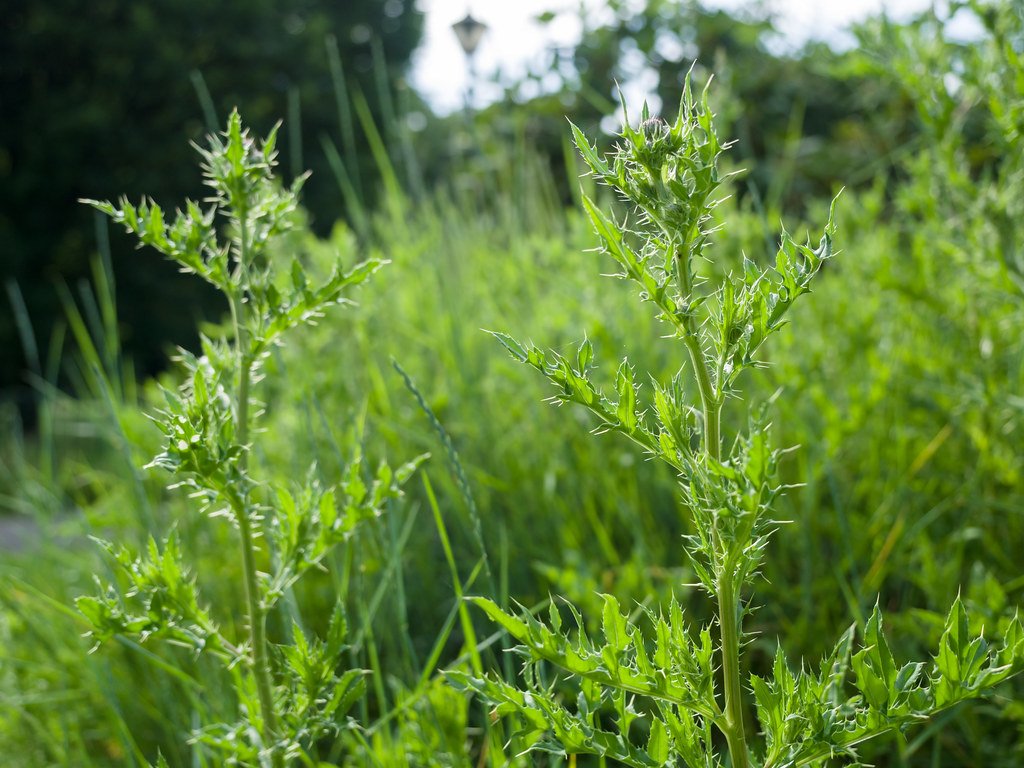
Plants exhibit social behavior through their interconnected root systems. Some species form complex root networks capable of transferring nutrients and water between individuals. These networks serve as communal support systems, allowing plants to thrive in challenging conditions by sharing resources.
Adapting Leaf Morphology
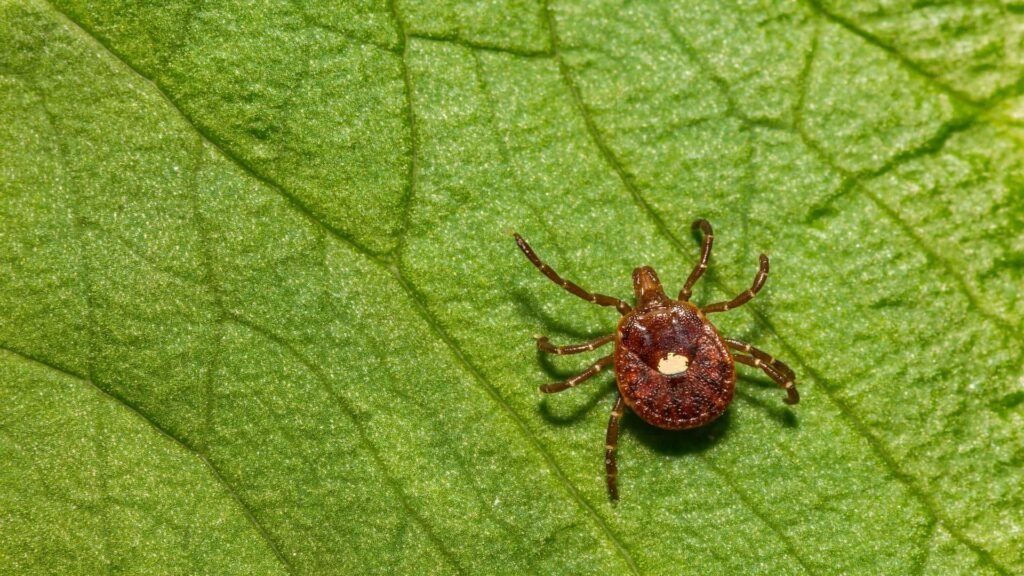
The morphology of leaves can adapt over time to environmental conditions, optimizing the plant’s ability to harvest sunlight and minimize water loss. For example, some desert plants have evolved small, thick leaves to reduce water evaporation, showcasing their ability to adjust to arid environments.
Phototropism and Growth

Phototropism is the directional growth of a plant in response to light. This behavior enhances the plant’s ability to capture sunlight for photosynthesis. By adjusting their growth toward or away from light sources, plants optimize their energy capture and resources, showcasing their adaptive capabilities.
Drought Resistance

Plants have developed various strategies to endure periods of drought. Some can enter a state of dormancy or develop deep root systems to access water from lower soil layers. Others produce protective proteins that aid in maintaining cellular integrity during water shortages, highlighting their resilience.
Symbiotic Relationships

Plants form symbiotic relationships with other organisms to enhance their survival and adaptation. For instance, legumes partner with nitrogen-fixing bacteria to improve nutrient availability in poor soils. These mutually beneficial associations illustrate the complex interdependence within ecosystems.
Chemical Defenses

To protect themselves from herbivores and pathogens, plants synthesize a plethora of chemical compounds. These include toxins, deterrents, and inhibitors that disrupt the feeding or growth of potential threats. Such chemical defense mechanisms demonstrate an evolved strategy for survival.
Light Spectrum Detection

Plants have an uncanny ability to detect different wavelengths of light, utilizing them for growth and development. They can discern between light conducive to photosynthesis and that which signals competition or shading by other vegetation, guiding their growth accordingly.
Regenerating After Damage
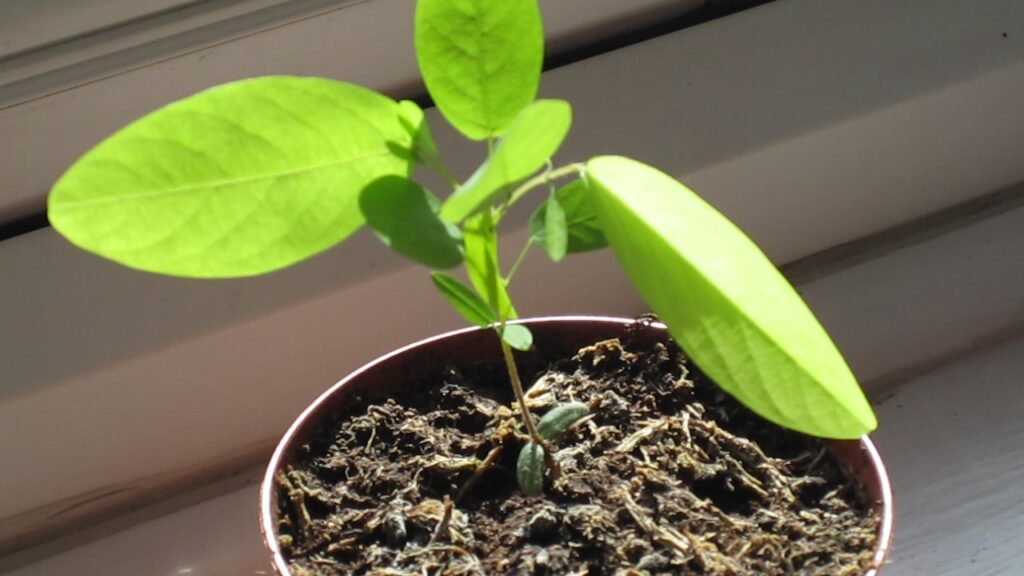
Many plants exhibit remarkable regenerative capacities. After sustaining damage, whether from herbivores or environmental stressors, they can recover by producing new tissues. This resilience is a testament to their adaptive strategies for thriving in dynamic environments.
Evolution and Natural Selection
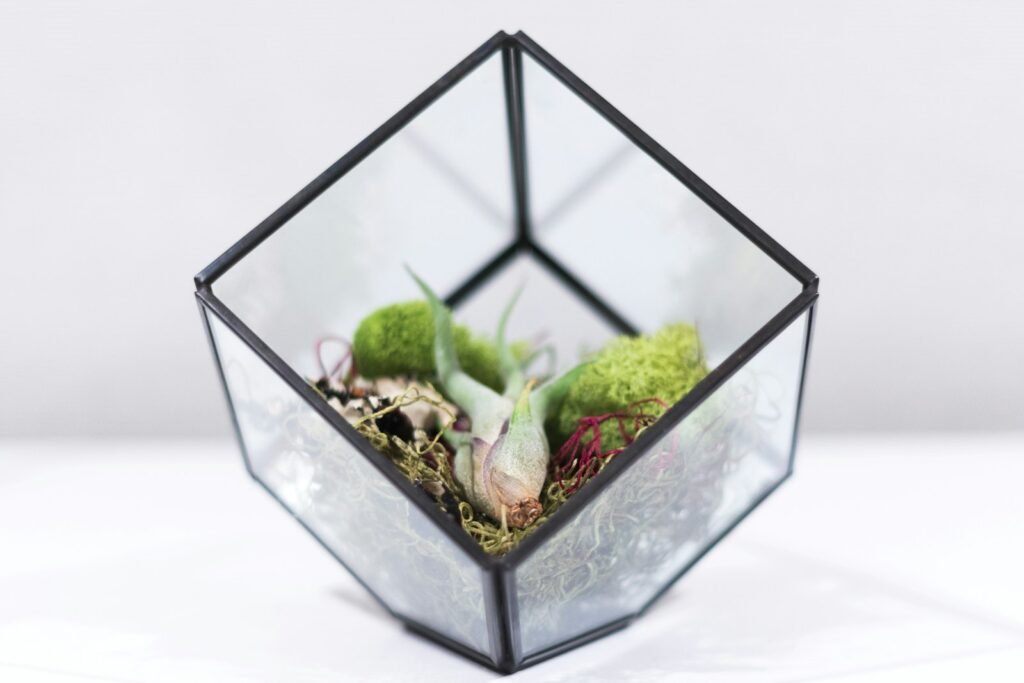
Understanding plant intelligence necessitates recognizing their role in evolution and natural selection. Plants have coevolved with countless species, developing features and behaviors that enhance survival and reproductive success. Their evolutionary journey is marked by continual adaptation.
Fungal Networks and Plant Intelligence
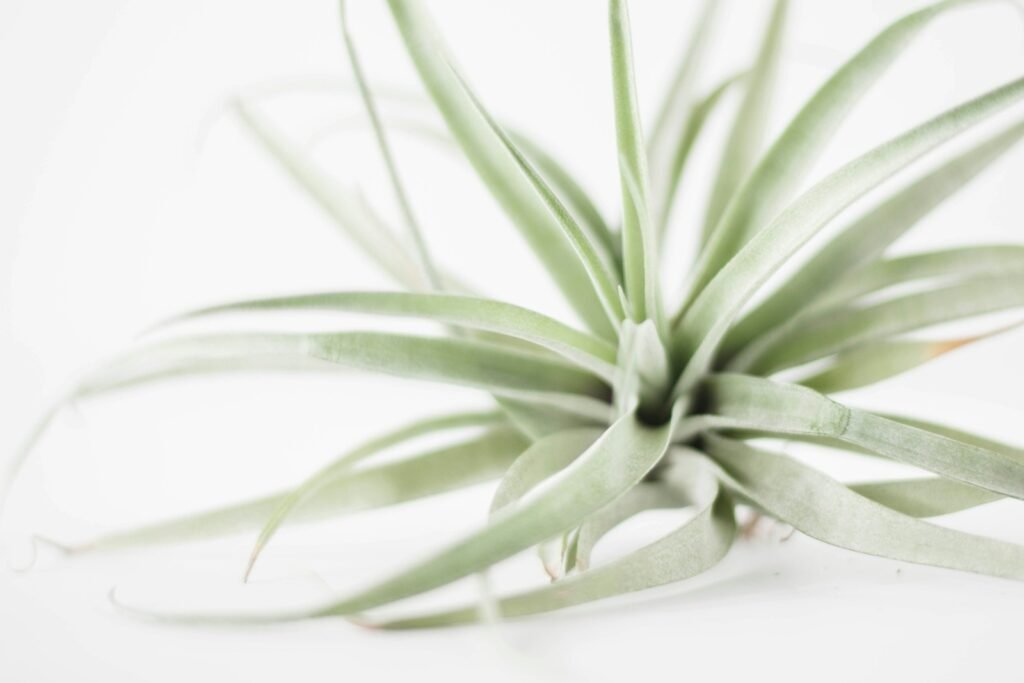
Plants connect to extensive fungal networks known as mycorrhizal networks. These fungi facilitate communication and resource sharing between plants, forming a vast underground network. Such interactions are crucial for the exchange of nutrients and enhancing plant intelligence and adaptation.
Expanding the Concept of Intelligence

As we deepen our understanding of plant capabilities, our perception of intelligence broadens. Intelligence is no longer confined to animal cognition but includes the remarkable capacities plants exhibit in interacting with their environment and other organisms.
Conclusion: The Unseen Genius of Plants

Plants, often underestimated and overlooked, possess an intelligence that is both subtle and profound. Through their sophisticated systems for sensing, communicating, and adapting, they prove to be much more than passive recipients of environmental influences. Recognizing the hidden intelligence of plants not only enriches our understanding of nature but also highlights their indispensable role in sustaining the intricate balance of life on Earth. As research continues, we are likely to uncover further marvels of plant intelligence, urging us to deepen our respect and appreciation for these silent, yet dynamic, members of our ecosystems.

